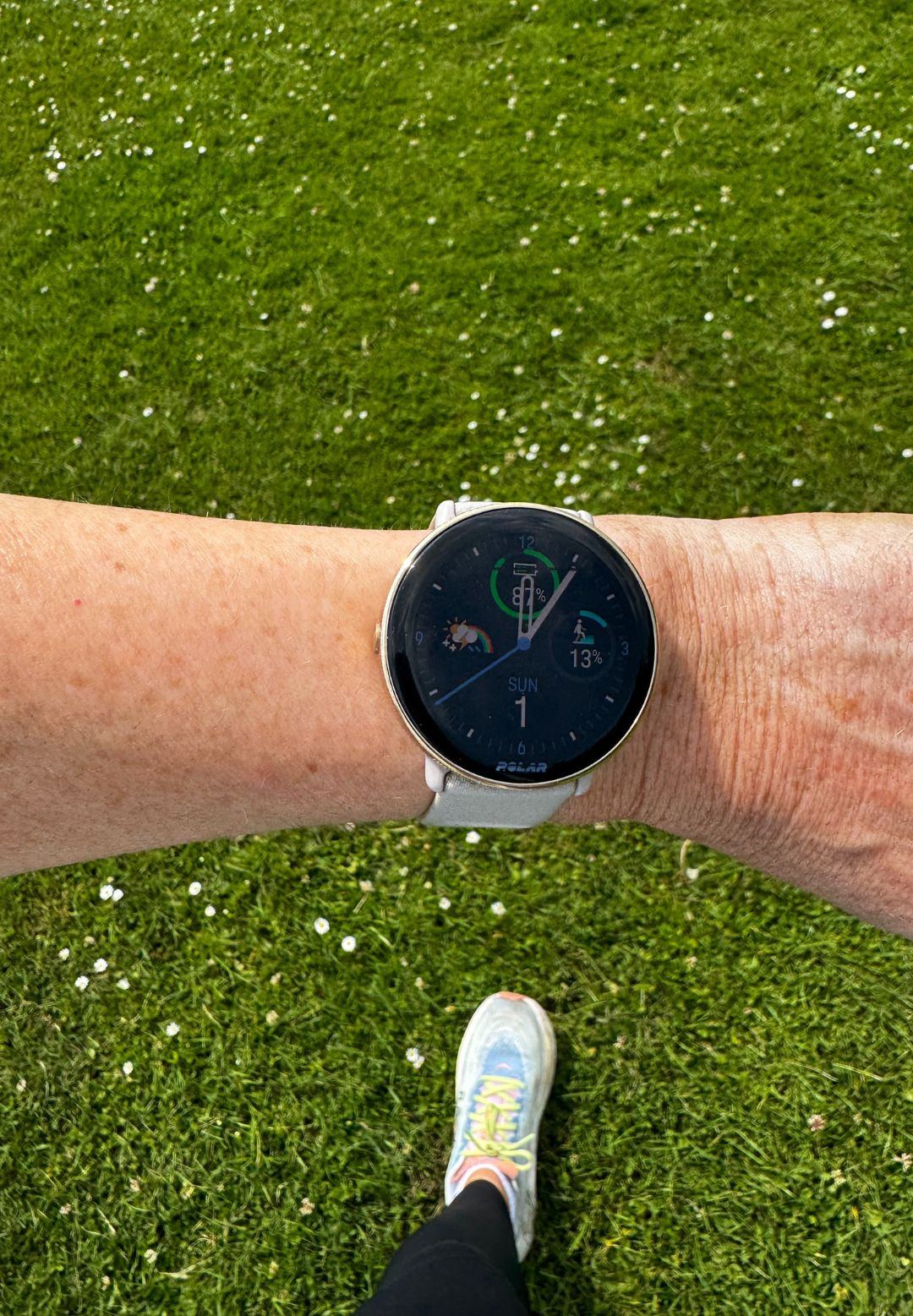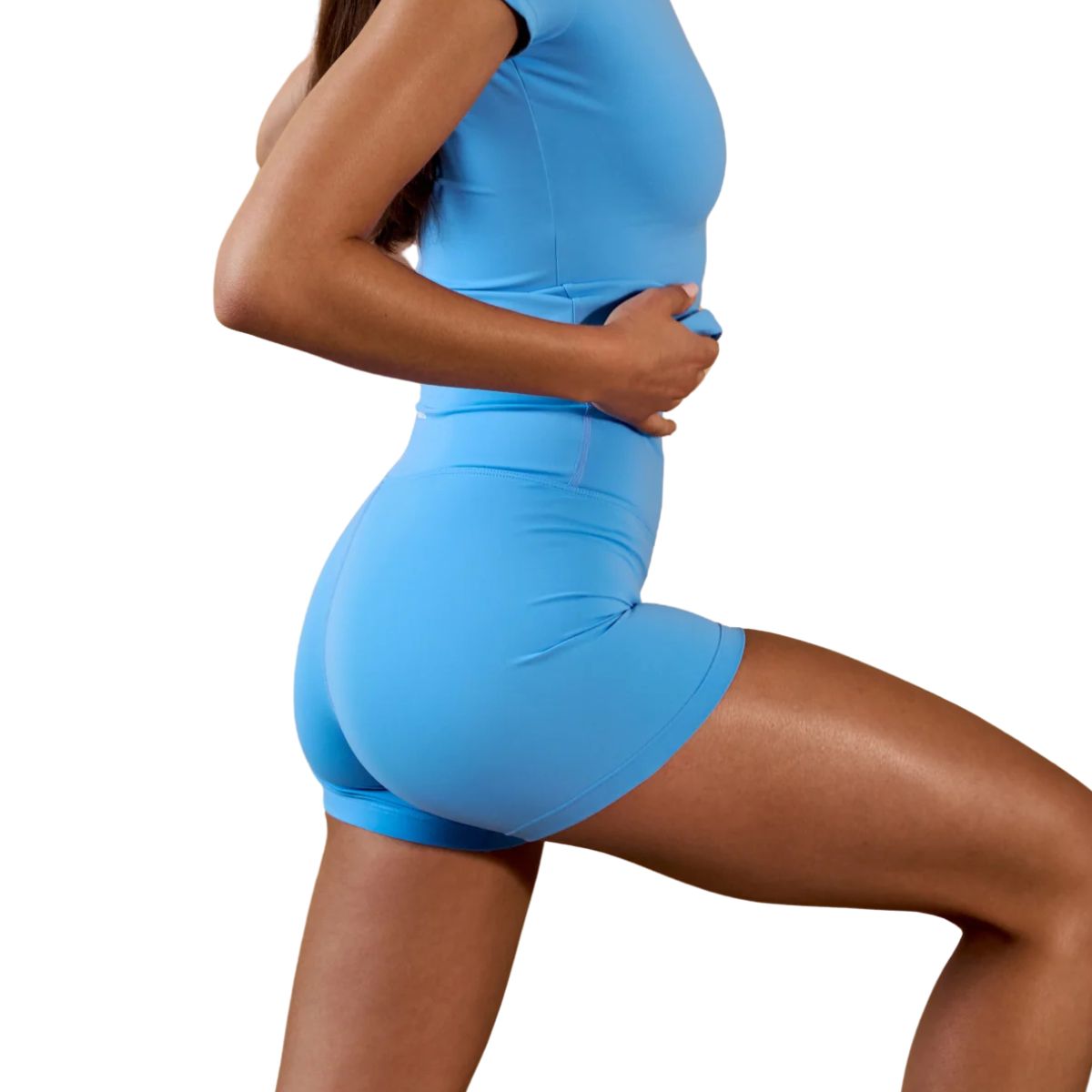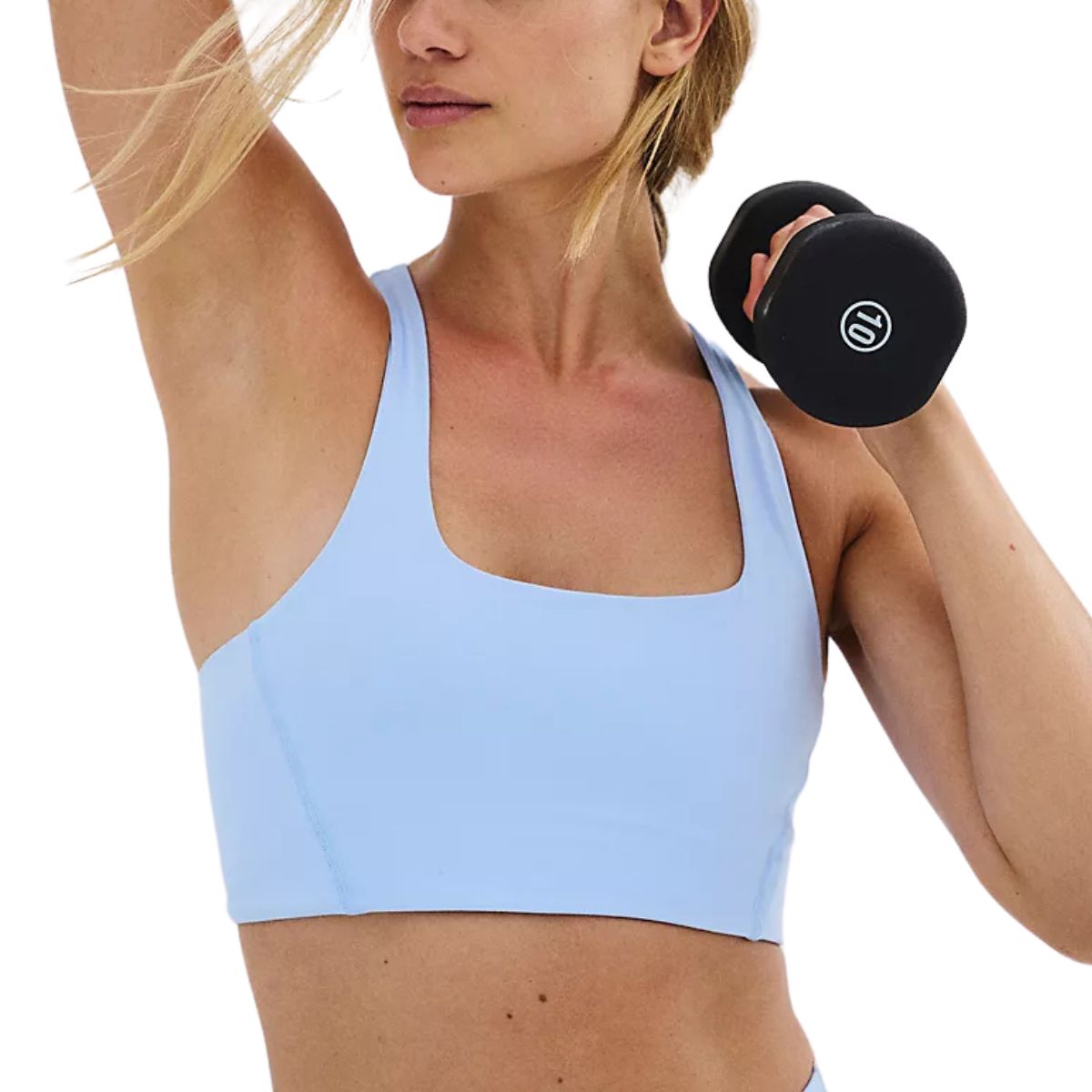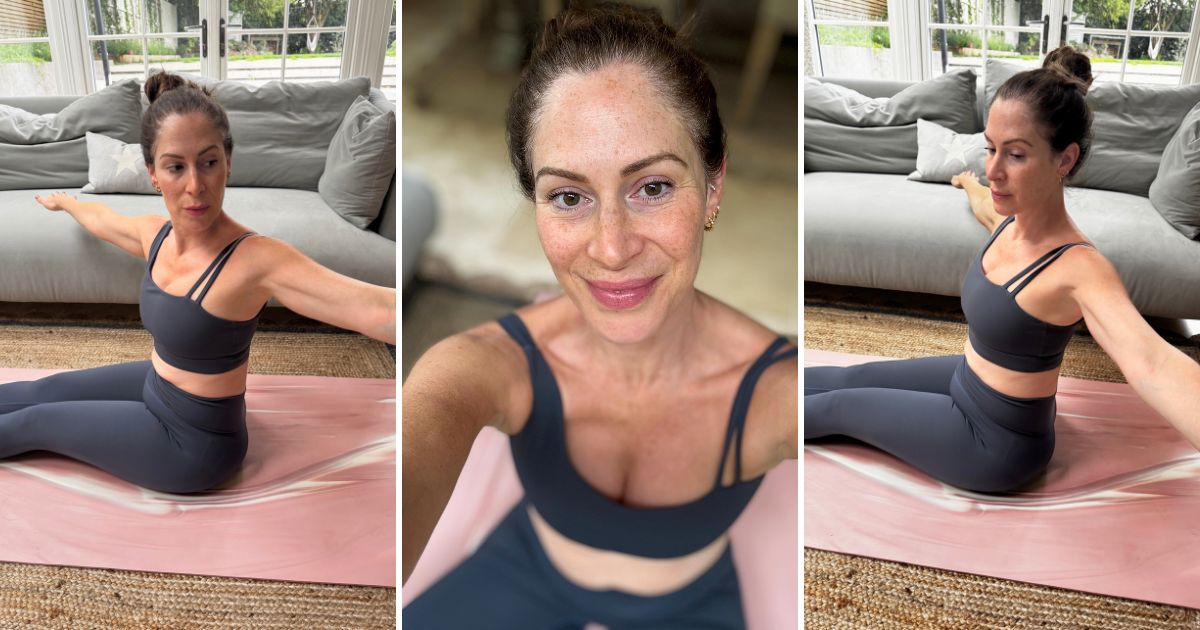Walking might be the most basic of human movements, yet it's also one of the most effective for boosting both mental and physical health. Over the past few years, walking has been experiencing a renaissance as many of us move away from higher-impact sports and into our soft workout era.
And it's about time, too: walking is incredibly good for us. We know that it's one of the simplest ways to build more movement into our lives, and it's scientifically endorsed, too: studies (like this one, published in the British Journal of Sports Medicine) tell us that just 5,000 steps a day can cut our risk of developing cancer, while other research (such as this study, from the journal GeroScience) reveals that walking is associated with a reduced risk of all-cause mortality. Pretty compelling stuff.
The fitness world has been quick to catch on, with new walking trends popping up seemingly every week. From silent walking and hot girl walks, to walking yoga and more, there's a walk to suit everyone and anyone. Most recently, we've seen an influx of influencers trialling the so-called Japanese walking method, and it piqued my interest; when MC UK's Senior Health Editor Ally asked me to give it a try, I was keen, to say the least.
Keep scrolling to find out how I got on, but if you're after more ways to upgrade your daily stroll, do check out our Health Writer reviews of the 6-6-6 walking challenge, walking 8,000 steps a day, Nordic walking every day and walking every day for two weeks, here. No time to get outside? Check out all the benefits of a walking desk, here.
Put simply, the Japanese walking method is a viral interval-training style walk that's truly captured the walking zeitgeist - and for good reason.
"Japanese walking, also known as interval walking training, is a structured walking method where you alternate between three minutes of fast-paced walking (around 70% of your maximum heart rate) and three minutes of slower recovery-paced walking," explains personal trainer Edwina Jenner. "You repeat this cycle for about 30 minutes in total."
Similar to "jeffing" in running, it's also referred to as 3-3 walking, too.
@coacheugeneteo Walking 10,000 steps... But better 😯 I know I can’t be the only one who looks at my step count at the end of the day and feel like a failure. Some days, I get around 2,000 steps. I still aim for at least 8,000 a day - but sometimes, life just gets in the way. But even if it's only an extra ~3000 steps, this simple 30 minute protocol on my walking pad can make a huge difference.
♬ original sound - Eugene Teo
It probably won't surprise you to learn that, much like Nordic walking before it, this style of walking has taken its moniker from a team of Japanese researchers who conducted this randomised controlled trial into the protocol back in 2007. Professor Hiroshi Nose and Associate Professor Shizue Masuki at Shinshu University in Matsumoto, Japan, noted that the interval-style walking group showed significantly more gains in peak aerobic capacity and isometric knee extension and flexion than the steady-state walkers.
"The method originated in Japan, where researchers were undertaking a public health initiative," shares Jenner. "They were studying ways to improve health in older adults through walking and found that this on-off interval style gave much better results than just steady walking."
While the method isn't anything new, it has started to gain global attention recently, due to its simplicity and effectiveness, combined with the popularity of walking challenges generally.
In addition to the physical benefits noted in the study above, the Japanese walking method boasts many more benefits, too.
First and foremost, the Japanese walking method is excellent for developing cardiovascular fitness, as the higher-speed intervals really get that heart rate up. Much like HIIT training, the on/off nature of the work in Japanese walking allows sufficient recovery time, too, meaning you're ready to work harder when the next three-minute interval rolls around (in theory, at least!).
"Studies show that it improves cardiovascular health, lowers blood pressure, increases leg strength, and helps manage weight and blood sugar levels," advises Jenner. "Unlike steady walking, the alternating pace trains your heart and lungs more effectively."
Much like jeffing, its running counterpart, Japanese walking can be effective if you're working on your endurance. We know that interval training generally is a great way to improve endurance (how long you can run/walk/workout for) as it repeatedly challenges the body and allows it time to recover. Over time, this leads to improvements in muscular strength, VO2 max (how well your body utilises oxygen) and lactate threshold (how well your body can clear lactate), leading to better overall fitness and endurance.
We bang on the drum of consistency a lot when we're talking about workouts, but with good reason. When it comes to building a habit and maintaining or developing strength and fitness, consistency is key.
"From a clinical perspective, any form of consistent, moderate-intensity walking, especially if it incorporates posture, breathing, or mindfulness as Japanese walking sometimes does, can enhance cardiovascular and mental health," notes GP and medical adviser for IQDoctor, Dr Suzanne Wylie. "Whether it’s traditional step counting or a more mindful walking practice, the key message remains the same: regular movement is one of the most powerful tools we have to protect and improve our health."
One of the greatest benefits of the Japanese walking method has to be its accessibility, as it really couldn't be simpler, no matter where you're starting from.
"It’s so straightforward," agrees Jenner. "Not only that, but it's suitable for anyone. It’s low impact, doesn’t need equipment, and you can go at your own pace. It’s ideal for people who want to improve their fitness without jumping straight into running or intense workouts. It could also be good if you are getting back into exercise after a long break. It’s simple enough to incorporate into your day, which is half the battle.
"If you’re just starting out, shorten the beginner intervals until your fitness improves. The idea is to challenge yourself a little, but not to the point of exhaustion."
Runners, listen up: if you're keen to beat your 5k PB, the Japanese walking method might just help.
"This style of interval walking has been shown to improve cardiovascular fitness, aerobic capacity, and leg strength, all of which feed into better running performance and overall stamina," says Jenner. "It’s a great entry point if you’re building a base for running, or if you’ve taken time off and want to ease back in. Because it’s structured and gets your heart rate up in short bursts, it trains your body to handle more exertion without overwhelming your joints in the way a run does."
It's no secret that I love a walk, and as a Health and Fitness Writer, I've tried out many a walking trend in my time. But I always love an excuse to build more movement into my day, so when I was asked to try the Japanese walking method, I couldn't wait to get started.
And I knew Japanese walking and I were going to get on: I love the feeling of my heart rate rising, and getting a little sweat on. So on day one, I couldn't wait to lace up my trainers and head out - and, for once, the weather was glorious, which totally helped my motivation to leave the house.
I have a fairly standard route I take on my daily dog walks, but as I was leaving the pooch at home (I figured that stopping to sniff the pavement every few paces probably wasn't what the Japanese researchers had in mind!) I decided to choose a different path, and I was really glad I did. My usual route starts on a fairly steep incline, leaving me a little puffed in the first few minutes of any run.
It soon becomes clear that I totally underestimated how tough three minutes of really fast-paced walking would be, and I'm so glad I'm walking downhill, rather than up - and I can't wait for my first three-minute 'break'. Foolishly, I assumed, being relatively fit, that I wouldn't even notice the high-speed intervals, but Jenner advised that I should be walking fast enough to struggle to maintain a conversation - call it the 30-degree heat, but I was puffed.
And who knew three minutes was such a long time? Although this being said, the three minutes of slower-paced walking did drag at times - once I was warmed up, I was actually itching to get going again every time.
On day two, I decided to multitask and walk to my weekly Pilates Reformer class - with a proper sweat on, nice. But a great use of time, and I felt pretty virtuous for the rest of the day, especially since I then had to walk home after class, too.
My biggest takeaway from the first three days is how fast half an hour goes when you split it up into intervals - I couldn't believe how quickly the time went, and let's just say, it's also sensible to plan an out-and-back route, unless you want to be finishing half an hour from home!

Anna on one of her daily walks while testing out the Japanese walking method.
(Image credit: Anna Bartter)
As day four rolls around, I encounter my first con of the challenge - there aren't any rest days (although clearly, you don't have to walk every day, I just committed to doing so for the purposes of this!) I don't want to forego my weekly 5k entirely, so I use the Japanese walking method as a warm-up, breaking into a (slightly shorter than usual) run at the end of the 30 minutes. And, as someone who is really bad at warming up usually, I have to admit: it made all the difference.
By day five, though, it's starting to get a little stale, if I'm honest. Unlike more mindful walking challenges, I can't even really appreciate my surroundings, so I feel the mental health benefits are somewhat curtailed. I'm also (weirdly, because this doesn't often happen!) tempted to break into a run at times - it feels counter-intuitive to hold myself back.
The final couple of days played out much the same, if I was more adventurous (and had more time!) I could have planned more exciting and varied routes - something to note for the future. Have I noticed any physical gains? Probably not, but I think a beginner is likely to notice more benefits more quickly, so I wouldn't let that put you off!
Will I continue with the Japanese walking method? Honestly, while I enjoyed the week, I wouldn't rely solely on it to build strength and fitness. I love having a varied and challenging workout regime - but that said, I'd definitely do it on occasion. Plus, if I'm ever injured (the probability of which is rising as I age), I'll know exactly where to start when I'm ready to get back into fitness.
For those just beginning their fitness journey, I absolutely recommend the method. Just maybe not every day.

(Image credit: Anna Bartter)

While you don't really need any specialist hiking shoes for a 30-minute walk, you do need to make sure your footwear is supportive and comfortable: trust us when we say, half an hour is more than enough to form blisters and calluses. I walk in my much-loved Hoka runners, and love the colourway of the above.
The answer to this will depend on your individual workout goals. As a general rule of thumb, experts advise aiming for about four sessions a week to see real benefits. Each session is 30 minutes long, so you’re looking at a total of two hours, which is well within the recommended guidelines for physical activity.
Like anything, consistency beats perfection. If you’re new to it, start with what you will stick to to make it less overwhelming. Two or three sessions a week, and build from there. The key is making it fit your routine without it becoming a chore.













